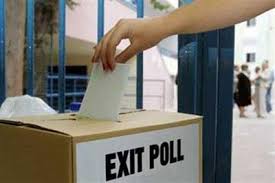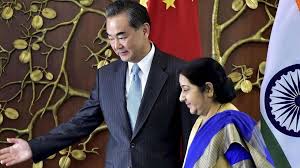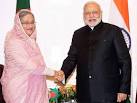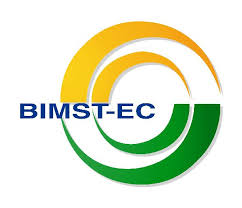
Exit polls upbeat about BJP’s prospects in UP
Exit polls broadcast by Indian television channels have projected India’s ruling Bharatiya Janata Party led by Prime Minister Narendra Modi ahead in the key state of Uttar Pradesh while Congress is poised to return to power in the northern state of Punjab after a ten-year hiatus.
Most of the exit polls are unanimous that BJP is expected to return to power in the Himalayan state of Uttarakhand the coastal state of Goa.
The BJP also appears set to win north-eastern state of Manipur from the Congress. If that happens in actual counting of ballots on March 11, this will be the second state in the region to have a BJP government after Assam.
However, here is a word of caution: Indian exit polls often go off the mark.
The high-pitched Assembly elections in the five states of UP, Goa, Punjab, Uttarakhand and Manipur concluded on March 8 with the last phase polling in Uttar Pradesh and Manipur. The polling in all other states – Goa, Punjab and Uttarakhand – came to an end earlier.





